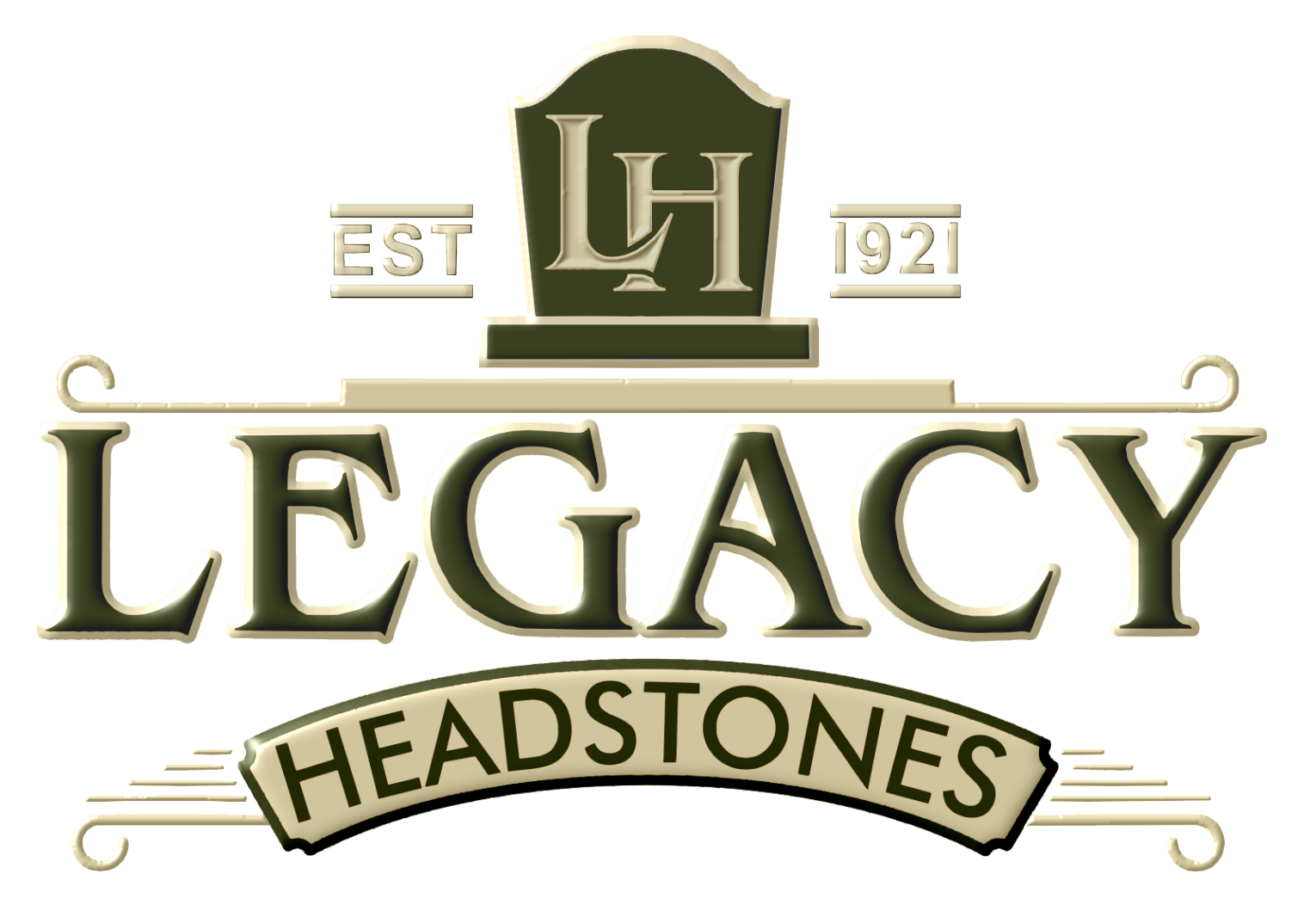The area where a loved one is buried can become an important gathering place for families. This dedicated space allows us to remember those who are no longer with us, and there is often a desire to personalize the gravesite. Choosing to decorate a headstone is both personal and cultural. Many people leave flowers or trinkets because it makes their loved one feel closer, while others are compelled by traditions spanning generations. Because there are many who want to leave items in cemeteries, there is an etiquette involved, and even specific cemetery rules to follow. Here is a general guide to acceptable grave decor.
Acceptable Things to Leave
Without flowers and decor, a cemetery could have a bleak feel, but that is never the hope. Gravesites should be spaces for love and remembrance, and the joy of a few fresh flowers helps to create that mood. This is why many cemetery managers encourage friends and family to leave tokens behind. There are, however, some things that are preferred over others.
Placing flowers near or on a headstone is a tradition that begins at the burial. You could hardly walk through a cemetery without finding bouquets and arrangements all around. Flowers are almost always welcome, but there are sometimes restrictions to be aware of. For example, fresh flowers are a preferred choice because they are biodegradable and cause no harm to animal or plant life. Artificial flowers, on the other hand, are not always welcome due to environmental damage. Floral arrangements can include simple bouquets, holiday decorations, and grave blankets. Visit the cemetery’s website or give them a call to ensure you follow any rules they may have.
Coins and stones are two other widely acceptable headstone memorials. Leaving coins is traditional in many cultures, often with different denominations representing certain things. In the United States, coins are commonly left on the markers of military members. Pennies represent knowing the deceased; nickels symbolize that you attended boot camp with them; dimes speak to serving with that person, and a quarter means you were with the person when they passed away. In many Latin American cultures, coins are left in place of flowers. This is due to the sometimes prohibitive cost of flowers. Stones are another small token that can be left on a headstone. In keeping with Jewish traditions, stones are believed to protect a grave from evil spirits and are a natural element that is almost always allowed. Be sure to leave these items on top of the marker in a visible area so they aren’t lost or run over by groundskeeping equipment.
Things You Shouldn’t Leave
Grieving is certainly a personal experience, and many mourners want to leave significant items at the gravesite as a memorial to their loved one. Unfortunately, certain things can cause issues for groundskeepers or the local wildlife and environment. Many cemeteries have rules prohibiting these items, but it’s also best to be aware of the unspoken rules of grave etiquette before making any decorative purchases.
Always be hesitant about anything that isn’t biodegradable or easily removed. A popular choice is to leave stuffed animals near the headstone, but this is often discouraged by cemetery staff. Stuffed animals quickly succumb to the weather and look unkempt. While some cemeteries do still allow them, they may require the toys be removed quickly. Other things to avoid include anything made out of plastic like unattached vases and fencing. These items can break and damage lawn-mowing equipment; they could even be carried off and eaten by animals. Large flags are also discouraged because they can become dangerous when pulled out of the ground, but also because they could be a distraction to other mourners. It is important to consider the shared space when choosing particularly showy decorations. If an item could agitate other mourners, consider leaving it at home.
It is certainly important to know the standards and be considerate of others when leaving headstone decor, but all of this is trumped by cemetery rules. Consider these rules when choosing where to bury your loved one. If you have the ability and desire to decorate regularly, look for a cemetery with more relaxed guidelines. If you prefer a cemetery that looks more uniform and neat, find somewhere whose rules align with that desire. Most cemeteries will be happy to provide this information via their website or by phone. In the end, whatever you choose to leave at your loved one’s memorial, be considerate of the rules and others. Groundskeepers, local wildlife, and other mourners will be grateful for your kindness.
